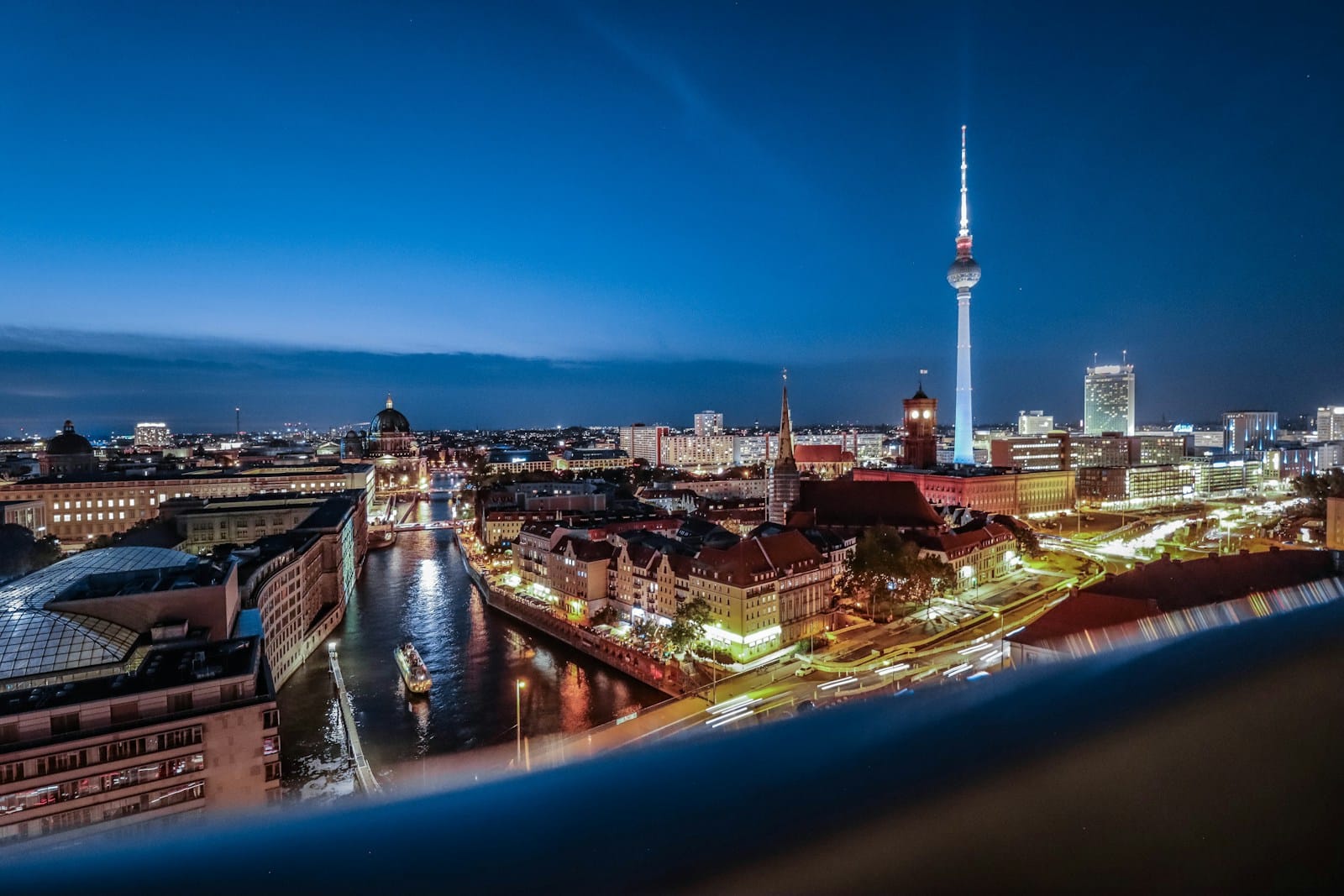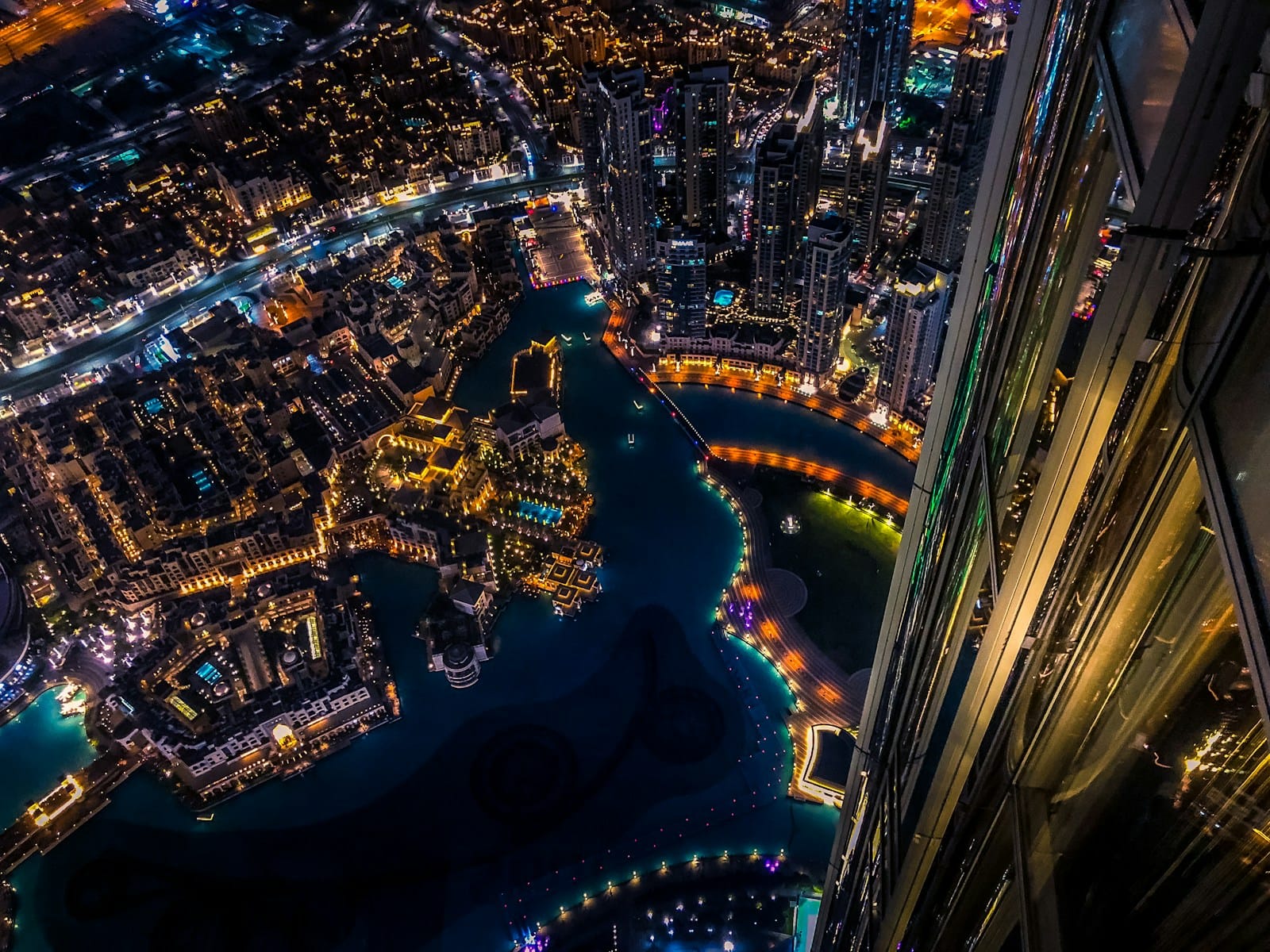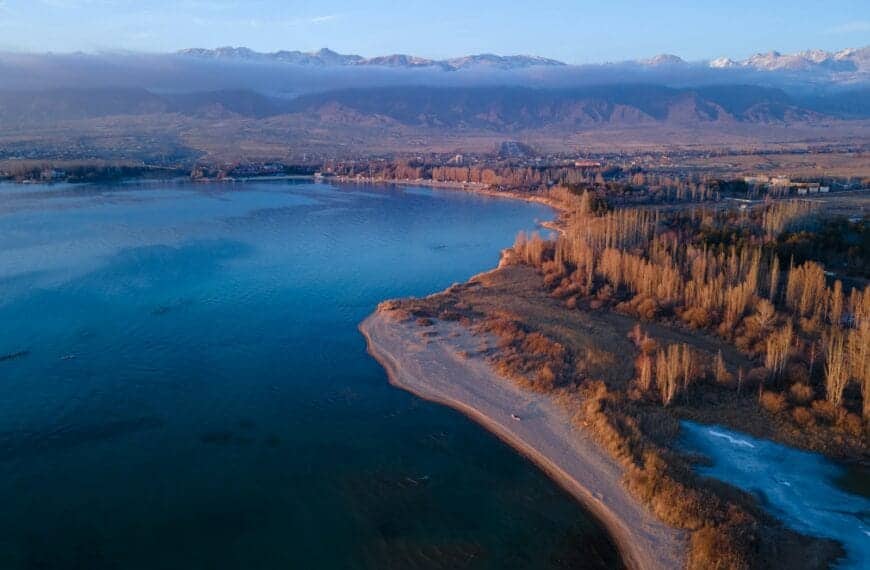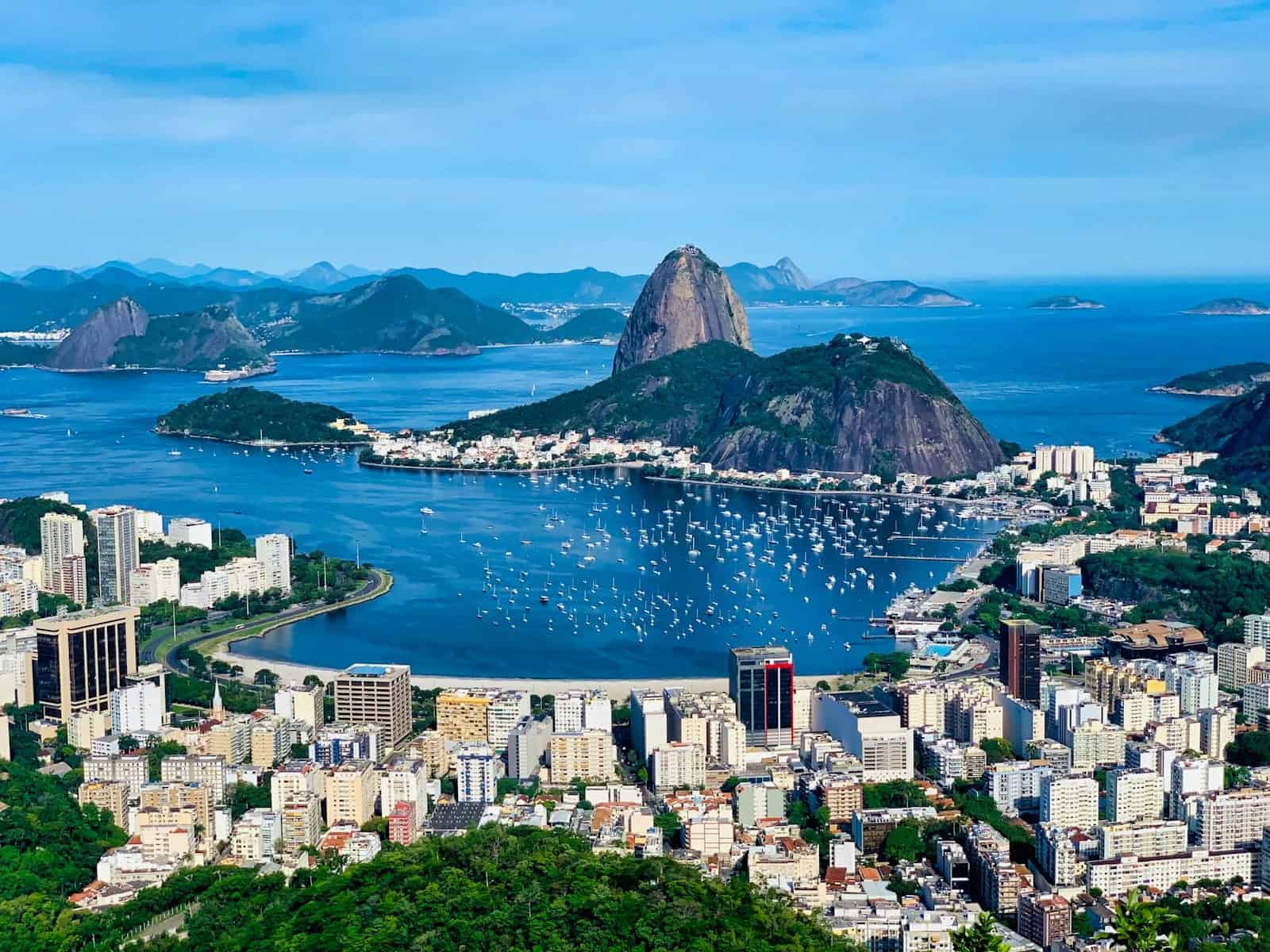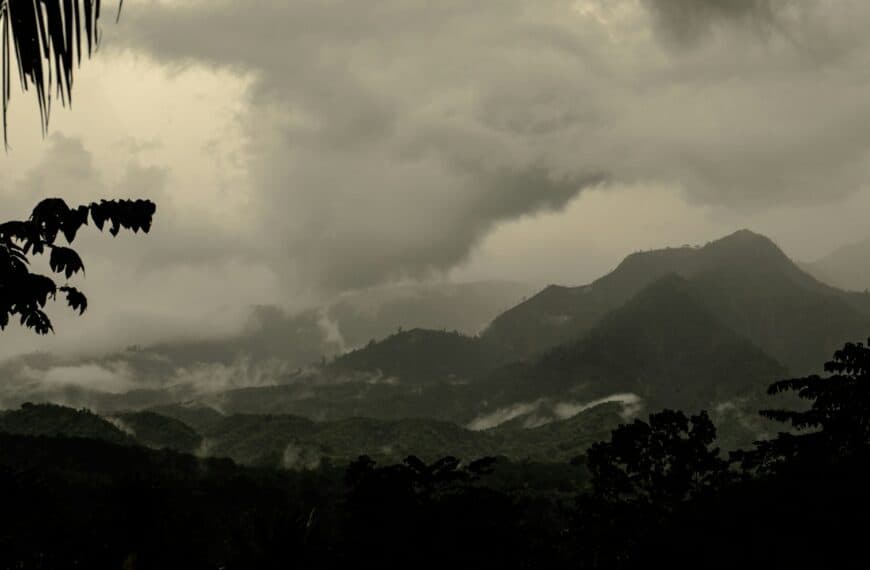Berlin Travel Guide: Explore Germany’s Bold, Creative Capital
Intro to Berlin Travel Guide
Bold, progressive, and ever-evolving, Berlin is Germany’s capital of creativity — a city where Cold War scars meet Bauhaus beauty, underground clubs shake medieval walls, and street food fuels museum marathons. With its layered history, eclectic neighborhoods, and unapologetic individuality, Berlin invites you to go deeper than sightseeing.
Start planning your journey with our complete Berlin Travel Guide — discover its distinct neighborhoods, iconic attractions, edgy art scenes, and unforgettable cultural experiences in one of Europe’s most dynamic capitals.
Planning tours in the city? Discover the best curated Berlin tours and dive into the city’s remarkable past, art, food, and urban culture.
💡Quick Facts:
Destination: Berlin
Continent: Europe
Country: Germany
Administrative Division: State of Berlin
City: Berlin
Area: 891.8 km² (344.3 mi²)
Population: ~3.67 million (2024 est.)
Density: ~4,100 people/km²
Capital: Berlin (national capital of Germany)
Regions/Subregions: Mitte, Friedrichshain-Kreuzberg, Charlottenburg-Wilmersdorf, Neukölln, Pankow, Spandau, Treptow-Köpenick, and others
Official & Regional Languages: German (official); English widely understood in tourist areas
Currency: Euro (EUR)
Time Zone(s): CET (UTC+1), CEST (UTC+2 in summer)
Airports: Berlin Brandenburg Airport (BER – main international), Tegel and Schönefeld closed
Climate: Temperate seasonal; warm summers, cold winters
Known For: Berlin Wall, Brandenburg Gate, Reichstag, nightlife, WWII and Cold War history, museums, tech and startup scene
🛂Arrival Info:
– Schengen Area member: no visa required for up to 90 days for EU, US, Canada, Australia, Japan, and most Latin American passport holders
– Visa-free access for 60+ countries
– No visa-on-arrival; apply in advance via consulate for other nationalities
– Maximum tourist stay: 90 days within 180-day Schengen period
– No ETA system currently for Germany
– Official Visa Portal
– Federal Foreign Office – Immigration Office
💉Health Info:
– Routine vaccines: MMR, Tdap, influenza, COVID-19 recommended
– No major outbreaks or special alerts as of 2025
– High-quality hospitals and clinics available across Berlin (e.g., Charité – Universitätsmedizin Berlin)
– English-speaking clinics: Berlin Medical Group, Doctors at Work Berlin
– No malaria or tropical disease zones
– Emergency care accessible; travel insurance recommended
✅ Check travel insurance options for travel emergencies, delays, and medical needs abroad — Get coverage here
✅ Stay Informed with Official Updates: WHO – International Travel & Health | CDC – Travel health updates
🚨Travel Advisory:
– Current Level: 1 or 2 (Check link for updates)
– Low general risk; standard urban precautions apply
– Occasional protests; avoid demonstrations
– Petty theft risk in tourist areas and on transit
– No active civil unrest or internal conflict
– LGBTQ+ travelers generally safe and welcomed
✅ Stay Informed with Official Updates: US Travel Advisory | UK Foreign Travel Advice
📅Holidays:
– German Unity Day (Oct 3) – National holiday
– Christmas (Dec 25–26) – Major closures and markets
– New Year’s Day (Jan 1)
– Easter Monday (movable)
– May Day (May 1) – Workers’ rights marches and festivities
– Berlin International Film Festival (Feb) – major global event
– Berlin Marathon (Sep) – attracts global visitors and road closures
💰Visitor Info:
– Currency: Euro (€); cash still preferred in small venues
– ATMs widely available; moderate exchange fees
– Cards accepted at hotels, restaurants, major shops
– Tipping: round up or 5–10% in restaurants
– Tourist tax: ~5% on accommodation under 21 days
– Budget: €60/day (budget), €130/day (midrange), €250+/day (luxury)
✈️Airports:
– Berlin Brandenburg Airport (BER)
– IATA: BER
– Location: ~27 km from city center
– Type: International
– Hub for Lufthansa, Eurowings, Ryanair, easyJet
– Public transport: FEX, RE7, RB14 trains, S-Bahn (S9), express buses
✅ Delayed or canceled flight? Check if you’re eligible for compensation
🚍Transport:
– Public system: BVG (U-Bahn, S-Bahn, trams, buses)
– Daily, weekly, and group travel cards available
– Ride-hailing: Uber, Free Now (Taxi + app)
– Bike-sharing: Nextbike, Lime, Tier e-scooters
– Intercity rail: Deutsche Bahn to Hamburg, Munich, Prague, Warsaw
– Driving: right-hand side; IDP recommended for non-EU licenses
– Beware of fare dodging fines and ticket inspectors
✅ Book reliable airport transfers and in-city rides in advance. Reserve your ride here
📶Connectivity:
– eSIMs and prepaid SIMs: Telekom, Vodafone, O2
– Available at BER airport and major shops
– Good 4G/5G coverage across city
– Public Wi-Fi in museums, cafes, trains, but not universal
– EU roaming included for most European SIMs
✅ Stay connected abroad with affordable eSIM data packs. Get your eSIM here
📜Laws & Etiquette:
– Legal drinking age: 16 for beer/wine, 18 for spirits
– Smoking banned indoors and on platforms
– LGBTQ+ rights protected; Berlin is very LGBTQ+-friendly
– Quiet hours enforced in residential zones
– Greet with a firm handshake; eye contact expected
– Tipping is polite but not obligatory
– Avoid walking in bike lanes; cyclists have priority
🛡️Emergency Info:
– Emergency: 112 (ambulance/fire), 110 (police)
– U.S. Embassy: Clayallee 170, Berlin – Website
– UK Embassy: Wilhelmstraße 70 – Website
– Tourist Police available in major areas
– 24/7 emergency care available at major hospitals
✅ Use embassy locator tools: Embassies Worldwide
🌦️Weather:
– Climate: Oceanic/Continental hybrid (cool winters, mild to warm summers)
– Best time to visit: May–September for events and warmth
– Avoid: January–February (coldest, ~-1 to 3°C)
– Summer: ~18–27°C (pleasant, festival season)
– Winter: 0°C or below; some snow
– Rainfall moderate year-round
✅ Stay prepared—check the weather forecast for your destination — Weather Forecast
Get to Know Berlin – Neighborhoods & Districts
Berlin is a city of villages, each district with its own soul. Here’s where to explore:
Mitte
Berlin’s historic heart, home to the Brandenburg Gate, Museum Island, and buzzing Alexanderplatz. Expect iconic landmarks, chic restaurants, and elegant boulevards.
Prenzlauer Berg
Trendy and bohemian with cobblestone streets, boutique cafes, and leafy parks. It’s perfect for slow mornings, brunch culture, and indie shopping.
Friedrichshain
Youthful and edgy, this district lives in murals and abandoned factories turned nightclubs. The East Side Gallery and RAW Gelände define its urban charm.
Kreuzberg
A multicultural gem of street food, record stores, and protest history. Kreuzberg dances to its own rhythm — raw, inclusive, and artist-driven.
Charlottenburg
Regal and serene, this westside district blends baroque palaces with upscale shopping. Visit Schloss Charlottenburg or stroll Kurfürstendamm.
Neukölln
Where creativity blooms in quiet canals, rooftop bars, and Turkish markets. It’s Berlin’s rapidly evolving artist enclave.
Wedding
Diverse and budget-friendly, Wedding mixes residential calm with community gardens, microbreweries, and hidden galleries.
Tempelhof-Schöneberg
Home to Tempelhof Field and LGBTQ+ landmarks, this district offers history, green spaces, and a strong sense of identity.
Where to Stay in Berlin
Backpackers love Friedrichshain and Kreuzberg for nightlife. Couples and creatives gravitate toward Prenzlauer Berg. Families and history buffs find calm in Charlottenburg or Mitte.
Top Attractions & Iconic Sights
Skyline Views and Icons
Brandenburg Gate
The city’s neoclassical symbol of unity and endurance. Visit at night for magical lighting and a quieter experience.
Berlin TV Tower (Fernsehturm)
Ride up to the viewing platform for sweeping city views. Book in advance to skip the long queues.
Victory Column (Siegessäule)
Climb the spiral stairs for a panoramic perspective from Tiergarten’s heart.
Local Tip: Visit the TV Tower at sunset to catch Berlin’s rooftops glow golden.
Museums and Cultural Gems
Museum Island
A UNESCO World Heritage site housing five world-class museums. The Pergamon and Neues Museum are musts for history buffs.
Jewish Museum Berlin
Daniel Libeskind’s architectural marvel is both thought-provoking and visually striking.
DDR Museum
Engage with hands-on exhibits from East Germany’s past — drive a Trabant, sit in a Plattenbau, or leaf through Stasi files.
Local Tip: Many museums offer free admission on the first Sunday of each month.
Family Favorites
Berlin Zoo & Aquarium
One of Europe’s most biodiverse zoos with nearby Tiergarten for post-visit picnics.
Legoland Discovery Centre
Indoor fun for kids in Potsdamer Platz, ideal on rainy days.
Tempelhofer Feld
An abandoned airport turned open park — bring a kite, bike, or rollerblades.
Natural Escapes Within and Near Berlin
Green space is everywhere in Berlin — even on old airstrips and train tracks.
Tiergarten
Berlin’s Central Park equivalent. Sprawling, tree-lined, and perfect for lazy walks or bike rides.
Tempelhofer Feld
Unique urban escape with open skies, long runways, and quirky community gardens.
Volkspark Friedrichshain
A locals’ favorite for its hilltop views, open-air cinema, and hidden statues.
Treptower Park
Relax by the river, rent a paddle boat, or explore the grand Soviet War Memorial.
Berlin Day Trip Ideas
Potsdam – 45 minutes by train
Explore royal gardens, palaces like Sanssouci, and Dutch-inspired neighborhoods.
Spreewald – 1.5 hours by train
A labyrinth of canals, traditional flatboats, and pickles — yes, Spreewald pickles.
Sachsenhausen Memorial – 1 hour by train
A sobering yet vital day trip to a former Nazi concentration camp.
Wannsee & Pfaueninsel – 45 minutes by S-Bahn + ferry
Swim, sail, or picnic in the lake district — perfect for summer.
Culture, History, and Local Identity
Berlin’s story is one of resistance, reinvention, and resilience.
The Berlin Wall Memorial
Walk the preserved strip of the former border with informative exhibits and chilling watchtowers.
Checkpoint Charlie
A Cold War-era crossing point turned museum — slightly touristy, but essential context.
Memorial to the Murdered Jews of Europe
An emotional, immersive memorial of stark gray stelae near the Brandenburg Gate.
East Side Gallery
Over 100 murals painted on a surviving stretch of the Berlin Wall — a living canvas of freedom.
Immersive Tours Worth Booking
- Third Reich & Berlin Underworlds Tour
- Cold War Bunker Experience
Book immersive Berlin tours and experience unforgettable things to do in Berlin — from Cold War storytelling and underground clubs to hidden courtyards and lakeside bike rides.
Local Food, Markets, and Artisan Vibes
Berlin cuisine is bold, global, and built for the streets.
From Turkish döner to Berlin currywurst, the city’s food scene is shaped by immigrants, rebellion, and late-night cravings.
Markthalle Neun
A covered market in Kreuzberg with Thursday night street food events and artisanal produce.
Mustafa’s Gemüse Kebap
A pilgrimage-worthy street stall near Mehringdamm. Expect long lines and legendary flavor.
Zur letzten Instanz
Berlin’s oldest restaurant dating back to 1621. Traditional dishes like Eisbein (pork knuckle) and Sauerkraut.
BRLO Brwhouse
Craft beer meets urban beer garden in gleaming shipping containers by Gleisdreieck.
Explore delicious things to do in Berlin — one currywurst, market stall, and beer hall at a time.
Events, Nightlife, and Seasonal Fun
Berlin never sleeps — and always celebrates.
Berlin International Film Festival (Berlinale) – February
One of Europe’s top cinema events. Celebs, screenings, and edgy premieres.
Karneval der Kulturen – May
A multicultural street party in Kreuzberg — dance, eat, and embrace diversity.
Fête de la Musique – June
Free open-air concerts fill every district on the summer solstice.
Christmas Markets – Late November–December
Gendarmenmarkt and Charlottenburg host Berlin’s coziest festive wonderlands.
Nightlife by Neighborhood
- Friedrichshain: Techno clubs (Berghain), grungy pubs
- Neukölln: Rooftop bars and underground gigs
- Mitte: Upscale cocktails and dressy lounges
Which Airport Should You Use?
Berlin Brandenburg Airport (BER)
The main international gateway with direct flights from major cities worldwide.
Tegel & Schönefeld
Both former airports are now closed — all operations moved to BER.
Leipzig/Halle Airport
A smaller option 1.5 hours away — sometimes used for budget or cargo airlines.
Getting Around Berlin – Transport Tips
Berlin’s transit system is fast, efficient, and integrated across metro, trams, buses, and trains.
U-Bahn & S-Bahn
The backbone of Berlin’s public transport. U-Bahn (underground) and S-Bahn (aboveground) lines crisscross the city. Trains run every 5–10 minutes.
Trams & Buses
More common in East Berlin. Trams are reliable and scenic, especially around Prenzlauer Berg and Friedrichshain.
Regional & IC Trains
Link Berlin with Potsdam, Dresden, Hamburg, and other cities. Book ICE trains in advance for deals.
Bike Shares & Scooters
Services like Lime, Tier, and Nextbike let you rent bikes and e-scooters throughout the city. Dedicated lanes and flat terrain make cycling ideal.
Taxis & Ride Apps
Uber and Bolt operate in Berlin, alongside traditional taxis. Public transport is often faster during the day.
From the Airport
BER connects via FEX (Fast Train Express), regional trains, and S-Bahn (S9, S45). Travel time to city center is 30–45 minutes.
Essential Apps: BVG Fahrinfo, DB Navigator, Google Maps (with transit layer)
Etiquette Tips:
Let passengers exit before boarding. Quiet zones are respected. Validate paper tickets to avoid fines.
Best Time to Visit Berlin
Berlin is truly year-round, but your experience will vary by season.
Spring (March–May)
Parks bloom, café terraces reopen, and locals emerge from hibernation. Events ramp up by late April.
Summer (June–August)
Peak season for festivals, open-air cinema, and lake swimming. Expect crowds and higher prices.
Fall (September–November)
Art fairs, golden foliage in Tiergarten, and fewer tourists. September is ideal for shoulder-season travel.
Winter (December–February)
Chilly and moody — but magical Christmas markets, ice rinks, and cozy indoor museums shine. January is Berlin’s quietest (and cheapest) month.
Photo Tip: Autumn offers warm golden light perfect for Museum Island or the Oberbaum Bridge.
Berlin Travel Essentials – Key Insights
- SIM & Connectivity:
Airalo and eSIMs work well. For physical SIMs, Vodafone and Telekom offer solid prepaid plans. Free Wi-Fi is common in cafés and libraries. - Transit Costs:
AB zones cover central Berlin. A day ticket costs ~€9.90 and includes all transit. The Deutschlandticket (€49/month) covers national trains too. - Arrival Points:
Main train station is Berlin Hauptbahnhof. BER airport has 2 terminals with direct transit links. Eurolines and FlixBus operate from Berlin ZOB. - Local Vibe:
Casual, alternative, unapologetically real. Expect bluntness, efficiency, and a strong DIY ethic. - Walkability:
Easy to explore central Berlin on foot. Further distances (East–West) require transit. Most sidewalks and stations are accessible.
Quick Picks
- Best for food: Kreuzberg or Neukölln street eats
- Best for views/sunset: Tempelhofer Feld or Reichstag dome
- Best for family fun: Zoo, Legoland, Museum of Technology
- Best for nightlife: Friedrichshain’s RAW complex
- Best for slow travelers: Charlottenburg and canal-side walks in Alt-Treptow
Want to escape the tourist trail? Here’s where locals go:
Bücherbogen am Savignyplatz
A railway arch bookshop packed with art, architecture, and Berlin literature — a design lover’s retreat.
Klunkerkranich
Rooftop bar atop a parking garage in Neukölln with sunset views, live music, and urban gardens.
Thai Park (Preußenpark)
Authentic Thai food cooked on blankets — weekends only. Bring cash and a picnic mat.
St. Oberholz Café
Where Berlin’s startup and creative scene meets strong coffee and deep work.
Arminiusmarkthalle
A quieter, lesser-known market in Moabit serving international bites, local beer, and vintage vibes.
Local Tip: Don’t expect small talk — Berliners value directness. A simple “Hallo” or “Tschüss” goes a long way.
Nearby Places to Explore from Berlin
- Dresden Baroque Revival
Rebuilt palaces, museums, and a riverside old town just 2 hours south. - Leipzig Creative Pulse
Art collectives, music legends, and coffee culture less than 90 minutes away. - Potsdam Royal Heritage
UNESCO palaces and garden wonders — an easy half-day escape. - Spreewald Canal Tranquility
Boat rides and gherkin traditions in a lush biosphere reserve. - Wittenberg Reformation Roots
Home of Martin Luther and 500-year-old Protestant history.
Dresden | Leipzig | Potsdam | Spree Forest | Wittenberg
Final Tips for a Smart Berlin Adventure
• Download BVG and DB apps before arrival
• Validate paper transit tickets — fines are strict
• Book Reichstag dome visits online (free but slots fill fast)
• Try cashless payments, but keep some euros for markets
• Eat street food — it’s part of the culture
• Don’t rely on AC — dress for layered weather
• Plan nightlife with flexibility — some clubs have entry queues and strict door policies
• Learn basic German greetings: Hallo, Danke, Tschüss
Plan Your Berlin Trip With Confidence
Berlin is more than its past — it’s a canvas for what comes next. Whether you’re wandering hidden courtyards, riding the U-Bahn across eras, or sipping beer in a repurposed power plant, Berlin lets you travel through time and imagination.
To plan deeper, smarter, and locally — explore more expert tips and destination guides at our full travel hub.

